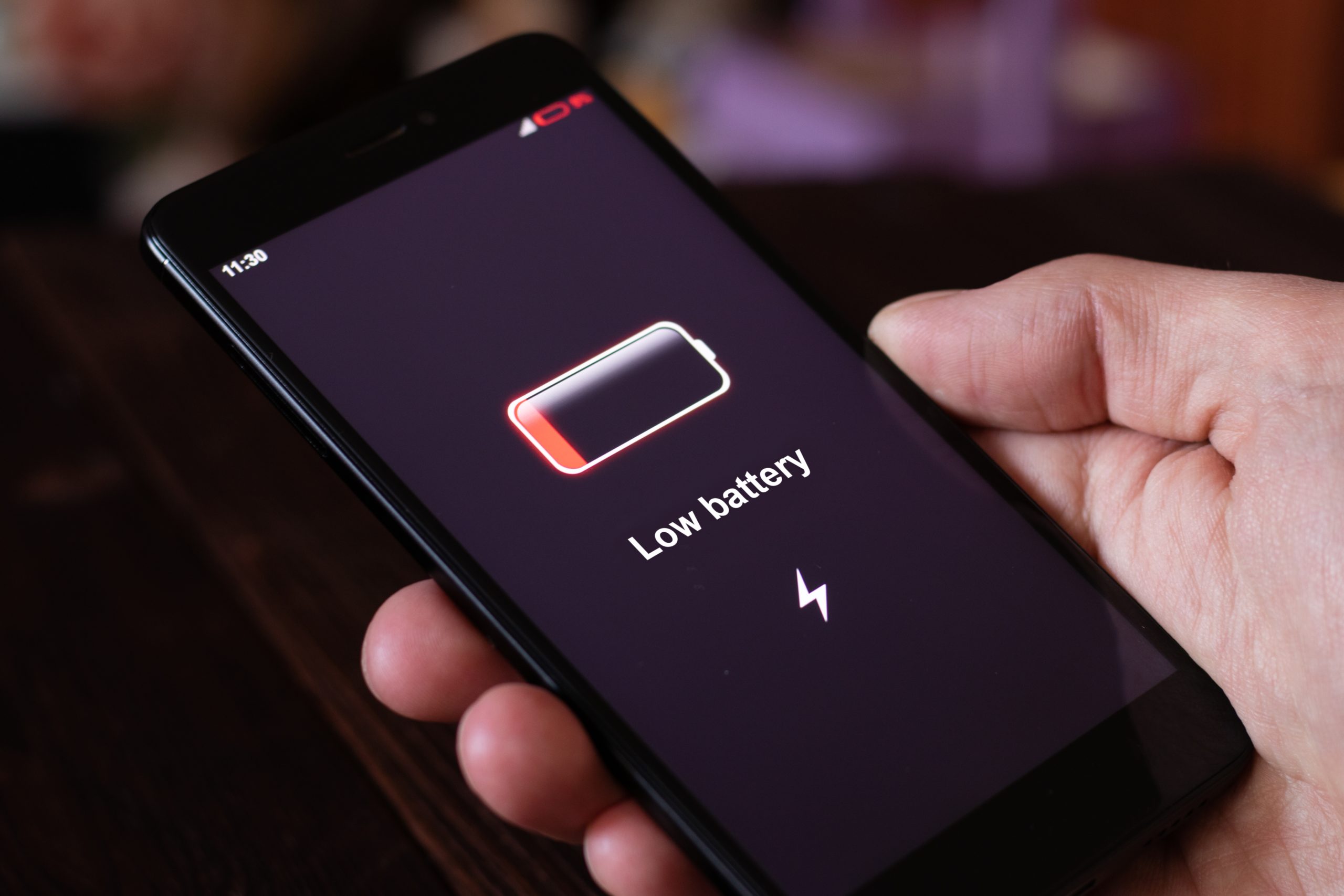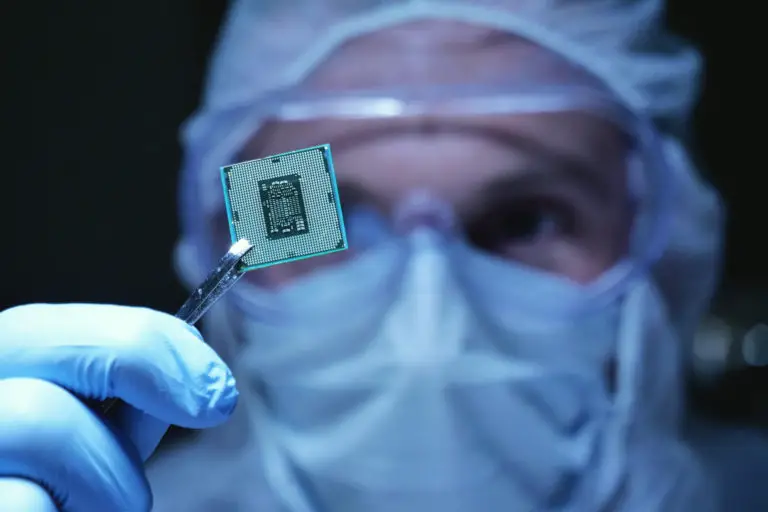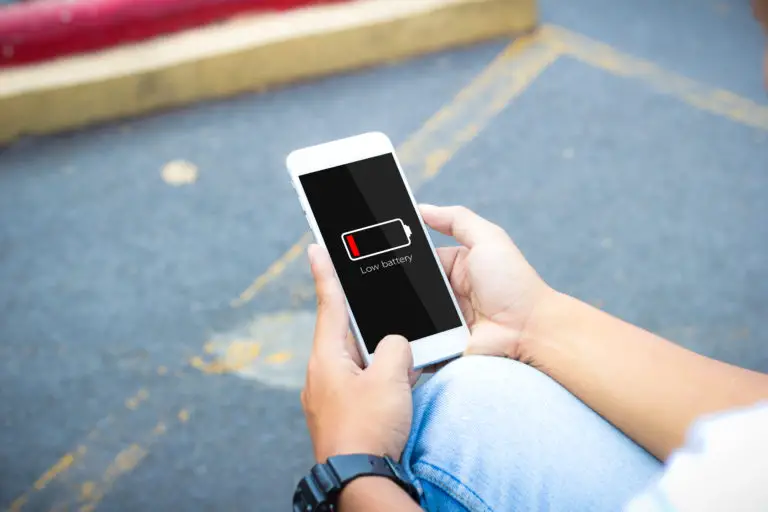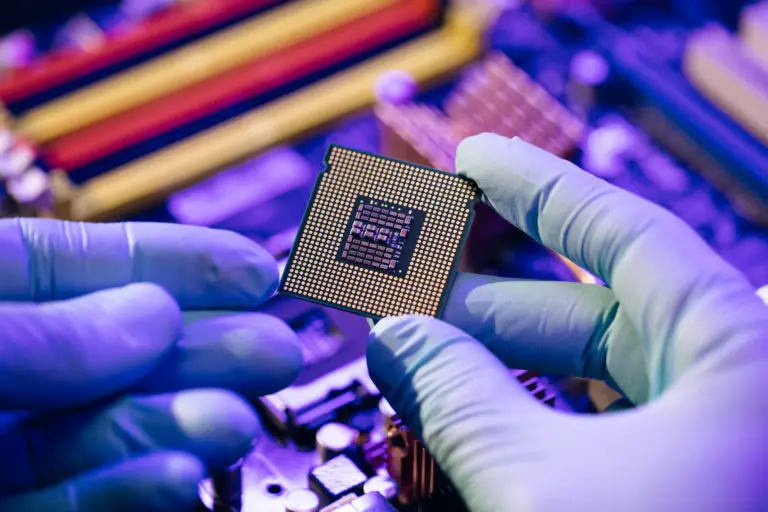We’ve all experienced the frustration of our phone battery dying at the most inconvenient times. Depending on the phone you have, this unfortunate inconvenience may even happen multiple times a day. But what if there was a solution that could potentially make smartphones last an entire month before needing to be charged?
Introducing the Revolutionary Microchip
A team of talented mathematics researchers at Cambridge University‘s commercial arm, Vaire, is working on a groundbreaking microchip that could revolutionize smartphone battery life. This microchip, if successful, would significantly reduce the number of times we need to charge our devices in a year.
While there is limited information available about this cutting-edge microchip, it has sparked excitement and curiosity among tech enthusiasts. Sean Redmond, the CEO of SiliconCatalyst.UK, the company running the project, expressed optimism about its potential impact: “If they can really deliver on that outrageous claim, it means that you will have a mobile phone that will last a month, not a day.”
The development of this microchip has received support from the UK government, which recognizes the importance of semiconductor technology in today’s modern world. Semiconductors are often referred to as the “bedrock” of the tech industry, according to a government press release.
Current Battery Technology Limitations
Achieving a month-long battery life for smartphones is an ambitious goal that presents several formidable challenges and obstacles. The primary hurdle lies in the current limitations of battery technology. Lithium-ion batteries, the standard choice for smartphones, have reached a plateau in terms of energy density and capacity. Developing new, high-capacity battery materials or technologies is a complex and time-consuming process.
Furthermore, smartphones have become increasingly sophisticated, featuring powerful processors, high-resolution displays, and numerous sensors, all of which demand significant energy. Balancing the need for performance with extended battery life requires innovative power management solutions and efficient hardware and software optimizations.
Additionally, user expectations for slim and lightweight devices add constraints to battery size and capacity. Addressing this challenge necessitates a holistic approach that involves advancements in battery chemistry, power-efficient components, and intelligent software algorithms.
The Incredible Potential of the Silicon Chip Processor
The premise behind this innovative microchip lies in the design of a silicon chip processor that consumes almost zero energy to operate. By minimizing the energy requirements of the processor, the need for larger and more powerful batteries could be diminished, leading to extended battery life for smartphones.
Although the specifics of the microchip are still mostly unknown to the public, the prospect of a smartphone lasting a month on a single charge is undeniably enticing. If the team at Cambridge can overcome the technical challenges and deliver on their ambitious claim, it could be a game-changer for the mobile technology industry.
Recent Breakthroughs in Microchip Technology
Recent breakthroughs in microchip technology have ushered in a new era of innovation and possibilities across various industries. These advancements have primarily revolved around miniaturization, performance enhancement, and energy efficiency.
One notable breakthrough is the development of 2D materials, such as graphene, which promise to revolutionize microchip design. These ultra-thin materials offer unprecedented electrical conductivity and thermal properties, allowing for faster, more efficient microchips.
Additionally, quantum computing has made significant strides, with the potential to solve complex problems that were previously insurmountable for classical computers. Quantum chips, leveraging the principles of superposition and entanglement, offer a promising future in areas like cryptography, drug discovery, and optimization.
Furthermore, advances in neuromorphic computing have enabled the creation of microchips that mimic the human brain’s neural networks, opening up opportunities in artificial intelligence and machine learning.
These recent breakthroughs underscore the continuous evolution of microchip technology, promising faster, smaller, and more energy-efficient solutions that will reshape industries and drive innovation in the years to come.
Building on Existing Technology
While the microchip being developed at Cambridge University is a novel endeavor, it draws inspiration from similar devices already used in the medical field. For example, cochlear implants for individuals with hearing impairments have utilized comparable microchips for years.
The unique size of the microchip under development is also worth noting. It is over 100 times smaller than current state-of-the-art devices, which showcases the innovative design and potential for miniaturization.
As part of a larger program aimed at transforming lives, the microchip project has received funding of $1.5 million ( £1.3 million). This initiative encompasses not only the smartphone battery advancement but also includes a chip aimed at assisting individuals with brain conditions like Parkinson’s.
The Impact on Environmental Benefits
The future of smartphone battery life holds significant promise, with advancements in technology poised to revolutionize the way we power our devices. One of the most compelling aspects of this evolution is its potential environmental benefits.
As smartphone manufacturers invest in research and development, we can expect longer-lasting batteries that reduce the need for frequent replacements, thus decreasing electronic waste. Moreover, innovations in energy-efficient components and charging methods are expected to minimize energy consumption, reducing the carbon footprint associated with smartphone production and usage.
Additionally, the integration of sustainable materials and eco-friendly manufacturing processes can further contribute to environmental preservation. Longer battery life will also enable users to keep their smartphones for more extended periods, ultimately decreasing the overall demand for new devices.
The future of smartphone battery life not only promises enhanced user experiences but also carries the potential to mitigate the environmental impact of the electronics industry. By fostering sustainable practices and prolonging device longevity, we can look forward to a greener and more efficient future for our beloved smartphones.
Tips for Maximizing Battery Life
While we eagerly await these groundbreaking developments, there are some tips and tricks you can follow to maximize your smartphone’s battery life right now:
- Reduce screen brightness: Lowering the brightness level of your phone’s screen can significantly extend battery life.
- Limit background app refresh: Disable or restrict the background refresh feature for apps that you don’t need to constantly update.
- Turn off push notifications: Only receive notifications from essential apps to avoid unnecessary battery drain.
- Manage location services: Apps accessing your location in the background can consume a significant amount of battery. Review and limit location access for non-essential apps.
- Enable power-saving mode: Many smartphones offer a power-saving mode that reduces performance and optimizes battery usage.
By implementing these simple tips, you can make your current smartphone battery last longer until innovative technologies like the microchip developed at Cambridge University become a reality.
A Brighter Future for Smartphone Batteries
The advancements in battery technology being pursued by researchers around the world, offer hope for a future with longer-lasting and more efficient smartphone batteries. While we may still be a few years away from enjoying a full month of battery life on our phones, the progress being made is undoubtedly exciting.
As we eagerly anticipate further developments in battery technology, it’s important to remember that advancements in other areas, such as wireless charging and self-charging batteries, are already improving our charging experience. By implementing simple strategies to maximize battery life, we can bridge the gap between our current devices and the exciting future that lies ahead.
So, while we continue to rely on daily charging, let’s stay optimistic and appreciate the incredible innovations that will soon transform the way we use our beloved smartphones.
Sources:
Microchip Technology
Battery Technologies That Will Change the Future
The Future of Smartphone Battery Life

This Site Was Inspired By An Interest in Protecting the Environment:
We had the privilege and joy of learning from Dr. Charlie Stine who instilled a love for the natural world through incredible field trips with the Johns Hopkins Odyssey Certificate program in Environmental Studies. At the time, the program was endorsed by the Maryland Department of Natural Resources. Sadly, after Dr. Stine retired, the program was phased out. We hope that we honor his legacy by shining a bright light on environmental issues and sharing good news about the success of various conservation programs when possible.





